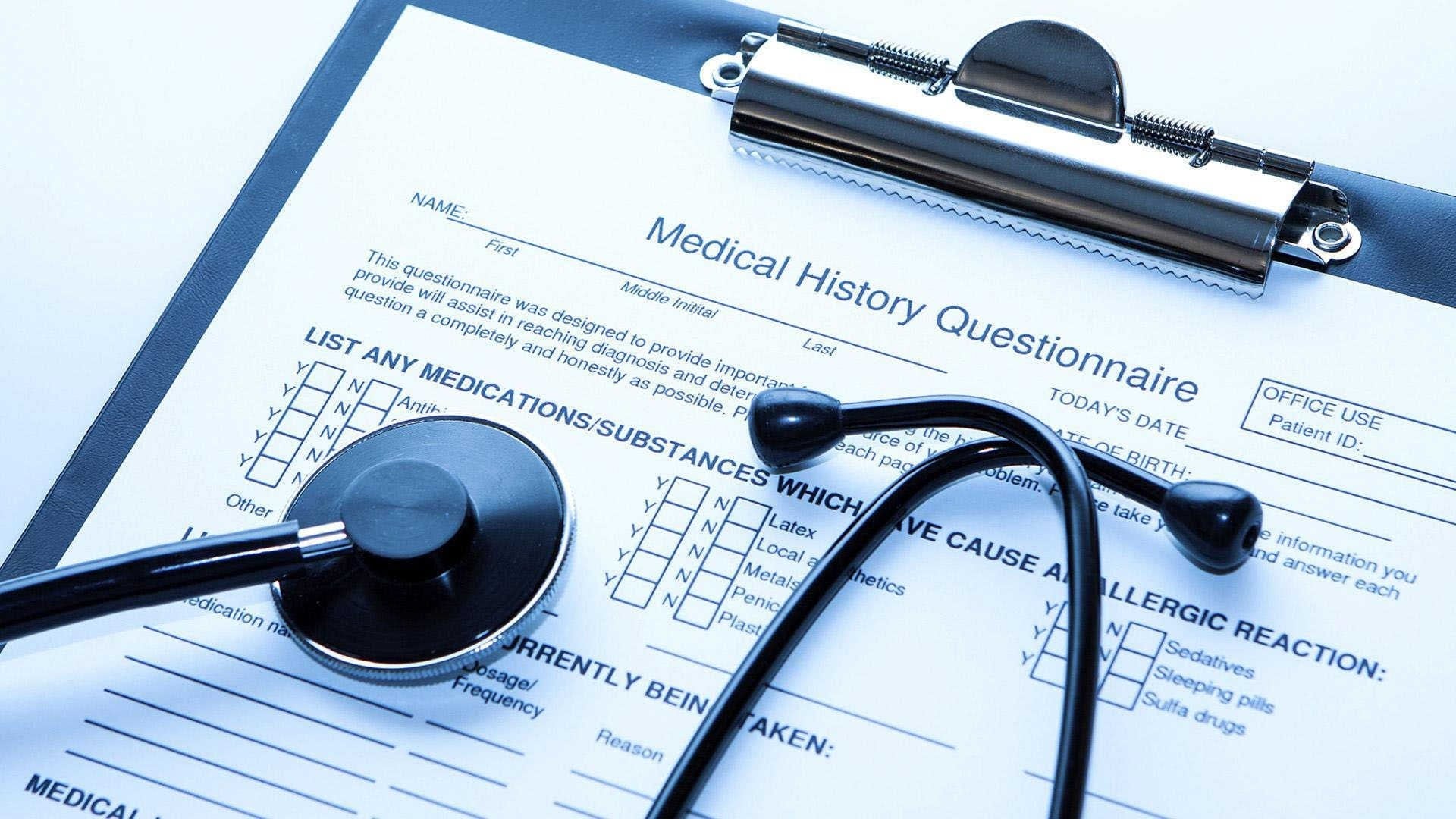Seflox Tablet

What to know about
antibiotics
Antibiotics, also
known as antibacterial, are medications that destroy or slow down the growth of
bacteria.
They include a range of powerful drugs and are
used to treat diseases caused by bacteria.
Antibiotics cannot treat viral infections,
such as cold, flu, and most coughs.
This article will explain what antibiotics
are, how they work, any potential side effects, and antibiotic resistance.
Fast facts on
antibiotics
· Alexander Fleming discovered penicillin, the first natural antibiotic,
in 1928.
· Antibiotics cannot fight viral infections.
· Fleming predicted the rise of antibiotic resistance.
· Antibiotics either kill or slow the growth of bacteria.
· Side effects can include diarrhea, an upset stomach, and nausea.
What are antibiotics?
Antibiotics are
powerful medicines that fight certain infections and can save lives when used
properly. They either stop bacteria from reproducing or destroy them.
Before bacteria can
multiply and cause symptoms, the immune system can typically kill them. White
blood cells (WBCs) attack harmful bacteria and, even if symptoms do occur, the
immune system can usually cope and fight off the infection.
There are occasions,
however, when the number of harmful bacteria is excessive, and the immune
system cannot fight them all. Antibiotics are useful in this scenario.
The first antibiotic
was penicillin. Penicillin-based antibiotics, such as ampicillin, amoxicillin,
and penicillin G, are still available to treat a variety of infections and have
been around for a long time.
There are several types of modern antibiotics, and they are usually
only available with a prescription in most countries. Topical antibiotics are
available in over-the-counter creams and ointments (OTC).
Resistance
There is concern that
antibiotics are being overused, and that this overuse contributes toward the
growing number of bacterial infections that are becoming resistant to
antibacterial medications.
According to the
Centers for Disease Control (CDC), outpatient antibiotic overuse is a problem.
Antibiotic use appears to be higher in some regions, such as the Southeast.
Use of carbapenems, a
major class of last-line antibiotics, increased significantly from 2007 to
2010.
How do antibiotics work?
There are different
types of antibiotic, which work in one of two ways:
· A bactericidal antibiotic, such as penicillin,
kills the bacteria. These drugs usually interfere with either the formation of
the bacterial cell wall or its cell contents.
· A bacteriostatic stops bacterium from
multiplying.
Side effects
Antibiotics commonly
cause the following side effects:
· diarrhea
· nausea
· vomiting
· rash
· upset stomach
· with certain antibiotics or prolonged use,
fungal infections of the mouth, digestive tract, and vagina
Less common side
effects of antibiotics include:
· formation of kidney stones, when taking sulphonamides
· abnormal blood clotting, when taking some
cephalosporins)
· sensitivity to sunlight, when taking
tetracyclines
· blood disorders, when taking trimethoprim
· deafness, when
taking erythromycin and the aminoglycosides
How to use
fvgPeople usually take
antibiotics by mouth. However, doctors can administer them by injection or
apply them directly to the part of the body with infection.
Most antibiotics start
combating an infection within a few hours. It is important to complete the
whole course of medication to prevent the return of the infection.
Stopping the
medication before the course has finished means that there is a higher chance the
bacteria will become resistant to future treatments. This is because the ones
that survive have had some exposure to the antibiotic and may consequently
develop resistance to it.
An individual need to
complete the course of antibiotic treatment even after they see an improvement
in symptoms.
Do not take some
antibiotics with certain foods and drinks. Take others on an empty stomach,
about an hour before meals, or 2 hours after. Follow the instructions correctly
for the medication to be effective. People taking metronidazole should not
drink alcohol.
Avoid dairy products
when taking tetracycline, as these might disrupt the absorption of the
medication.







